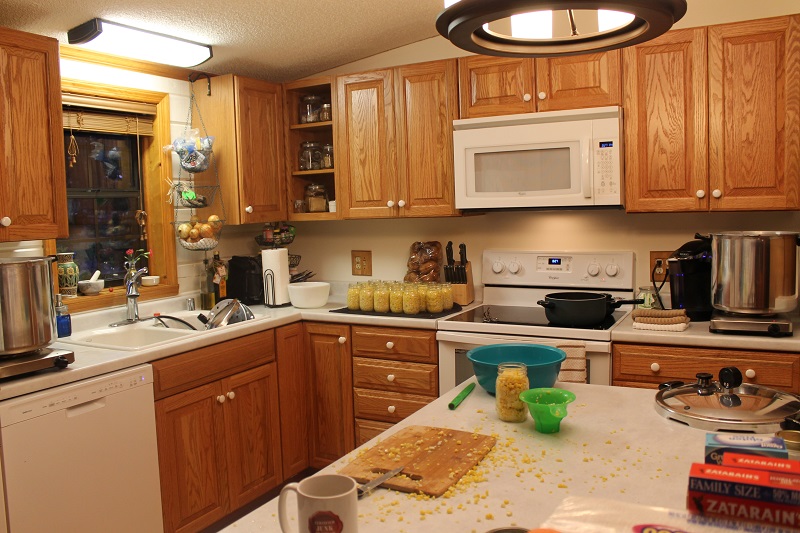Perspective is everything.
Never has it been more important to take each and every failure or problem and learn a lesson from it, thereby turning lemons into lemonade. Yesterday I did something seemingly terrible. I finished pulling out almost half our garden and throwing it away. It wasn’t even fit to be composted.
After three weeks of rain, with only an occasional ray of sunshine peeking through the clouds, our temperatures have remained in the mid 70°s with overnight temps dropping down to the low/mid 60°s. The result was nearly half our tomatoes went bad right on the vine. Worse, the melons turned moldy on the bottoms and the broccoli and cauliflower were standing mush. Nothing could dry out.
Since we began living on the edge of the mountain (in what seems lately to be a perpetual cloud) we’ve never had such a long stretch where the sun didn’t come out for at least a few days in between the endless rain and share its warmth. Much of July has felt more like early May or September.
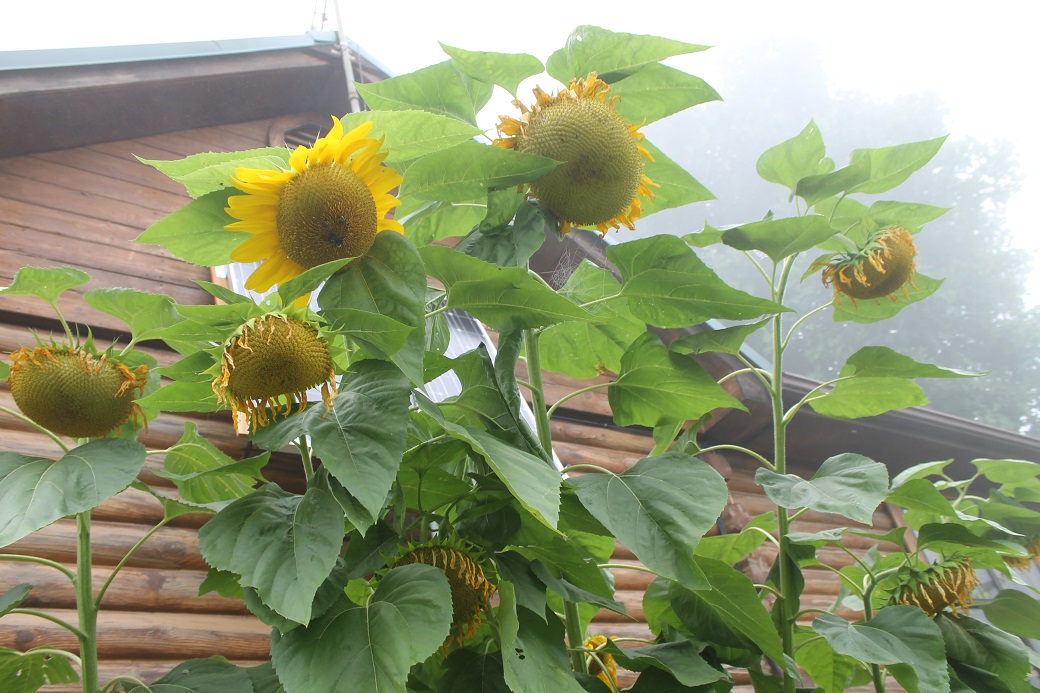
I was tempted to have a good cry and lament the failure of all the time and care that had gone into gardening so far this season. But then it hit me; this is a good thing. And the more I tried NOT to cheer myself up, the more energized I became.
Thank goodness I now know which varieties of tomatoes (my prized and preferred main crop) will grow in this constant moisture. Half the tomatoes have withstood these conditions quite well, with just some fringe leaves affected and no harm to the fruit at all. The other half has not. Imagine if this tough lesson had come in the future when food prices had skyrocketed and/or there were shortages.
With several first time attempts at growing various foods, hard times out of the gate may have been a blessing. While Cog loves his fresh melons, I have found they take up a great deal of garden space and are near impossible to preserve for winter and spring.
A great discovery was that both black beans and kidney beans will grow up here under just about any condition. They seem to be ok with dry droughty times and hold up well in the deluge of water. While the leaves have yellowed on some, the bean pods are quick growing and develop without a problem. This year I will pick them as soon as they mature to dry indoors rather than letting them dry on their stalks. No sense in tempting fate to throw some mildew their way.
Another seemingly bad event which turned out well was growing carrots. Because they never sprouted and grew, I let their area of the garden weed over after the first 40 days. There were simply too many other tasks to tend to first. So what did I discover yesterday? Yep! Purple carrots have grown in my weed bed lol. I’m not sure how or why, but this is wonderful since I had all but given up on the carrots.
There are some crops which are having their most productive and healthy year since we moved up here, despite the cooler and wetter conditions. The apple trees are exploding with fruit and seem heartier and healthier than ever before. In addition, the apples are maturing earlier and I’m picking the Red Delicious ones right off the tree to eat while working in the garden.
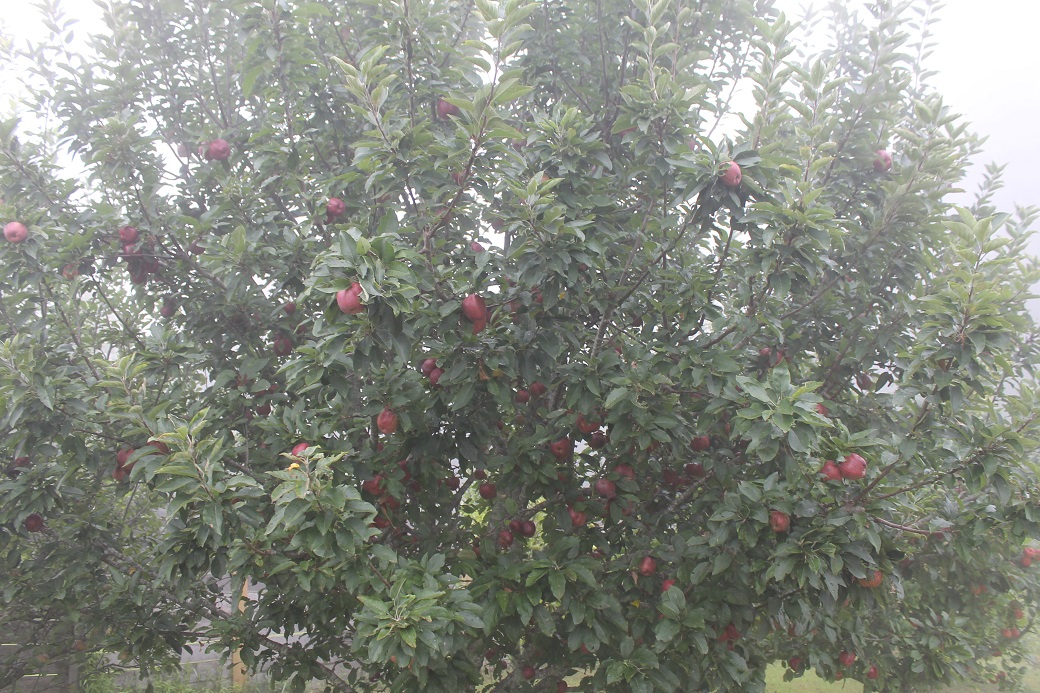
The peppers, which have struggled the past two summers, are robust and sturdy. I have picked them each week only to watch new flowers replace them with peppers within 7 to 10 days. This has resulted in the good dilemma of what to do with all these peppers. In addition to the prolific cayenne, jalapeno and banana peppers, we’re talkin’ 40-50 bell peppers per week.
After canning pickled peppers plus sausage and peppers, then adding them to canned salsa and chicken cacciatore, I have learned peppers can be diced and fresh frozen without blanching them first. I am freezing them in small portions so they can be defrosted and cooked one meal at a time. With store bought bell peppers going for $1 to $2 each depending upon the color, it will be so nice to have fresh frozen chopped organic peppers at our disposal all winter.
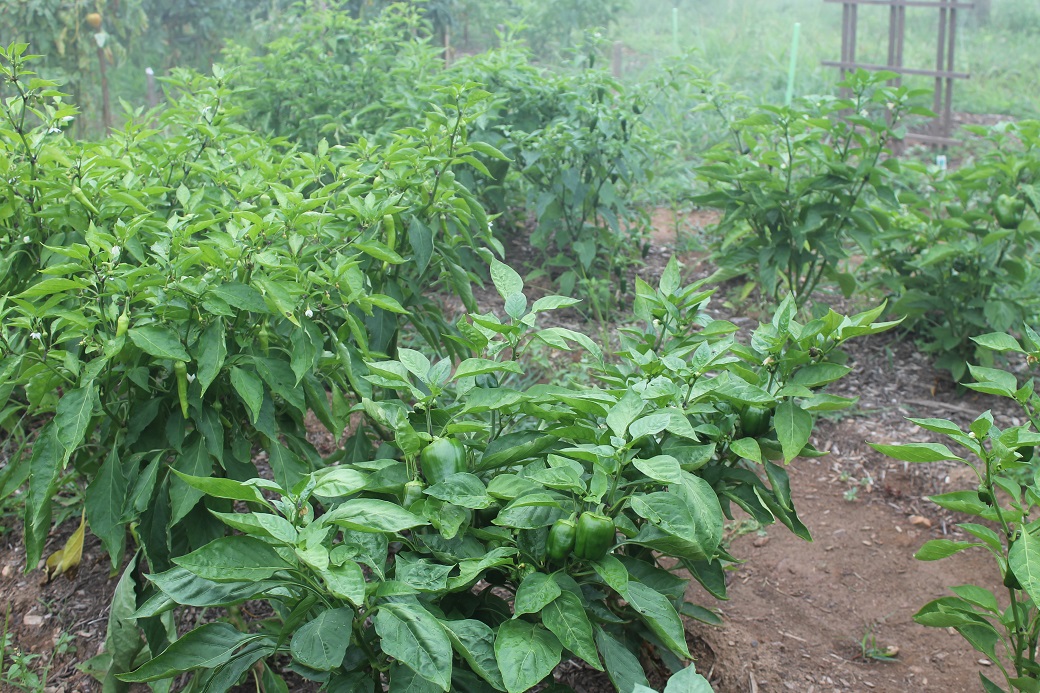
The asparagus grows in fits and spurts. Each time we have a few days of rain I find dramatic new growth. As previously instructed we are letting this perennial grow unharvested for its first year. Experienced gardeners say this is the path to years of growth on auto-pilot with great returns on the original investment of letting them develop while young.
The potato plants turned yellow and died. On a lark I decided to start digging to see how far, if at all, the potato production had progressed. I could hardly believe my eyes when I found a healthy, rather large red potato in my first full shovelful of dirt. Barefoot and unprepared for the activity, I started digging with my hands in the dirt. Before long I retrieved a small shovel and pail to help with the excavation. Indeed everything I ever needed to know about harvesting potatoes I had already learned as a child on the beach lol.
After digging down about a foot and a half along ten feet of the first failed potato row, I had the equivalent of a five pound bag of potatoes. Every few days I tackle a bit more of those failed rows and get another five to ten pounds. Next year Cog is building me a potato tower to forego this silly and very strenuous digging to recover my loot. But I must admit, just this once I am thoroughly enjoying playing in the dirt and finding more potatoes on my treasure hunt.
The ongoing sticky dampness has brought some stark revelations directly to the front porch of our cabin. Petunias and pansies do not like this weather and will quit their brilliant bloom part way through the summer without sunshine. On the other hand, geraniums, begonias and impatiens really don’t care. So long as their dead flowers are cut off weekly, they will bloom come rain or shine. For someone like me with limited time to spend on the fun and pretty side or gardening, this information is indeed gold.
These hard lessons of failure in our garden, along with the gaps left by what we chose not to grow, have presented yet more opportunities. August and September will be the busiest months for the local farmers’ markets. Because agriculture is abundant here, we have multiple locations to scout and buy quantities of local grown organic and heirloom foods to round out the pantry. Corn, broccoli, carrots and more for freezing and canning will likely be abundant. This also presents the opportunity to make local connections for pasture raised beef and chicken and the best local eggs available. Buying in bulk and local just cannot be beat for quality or price.
Rather than bemoan this difficult stretch of weather, I now realize my garden approach has been quite narrow. Thinking out of the box for adaptability will be the key to surviving and thriving whatever changes come our way. This can only be accomplished with an acute examination of our own perspective and how we allow it to frame our narrative and consequently our actions.
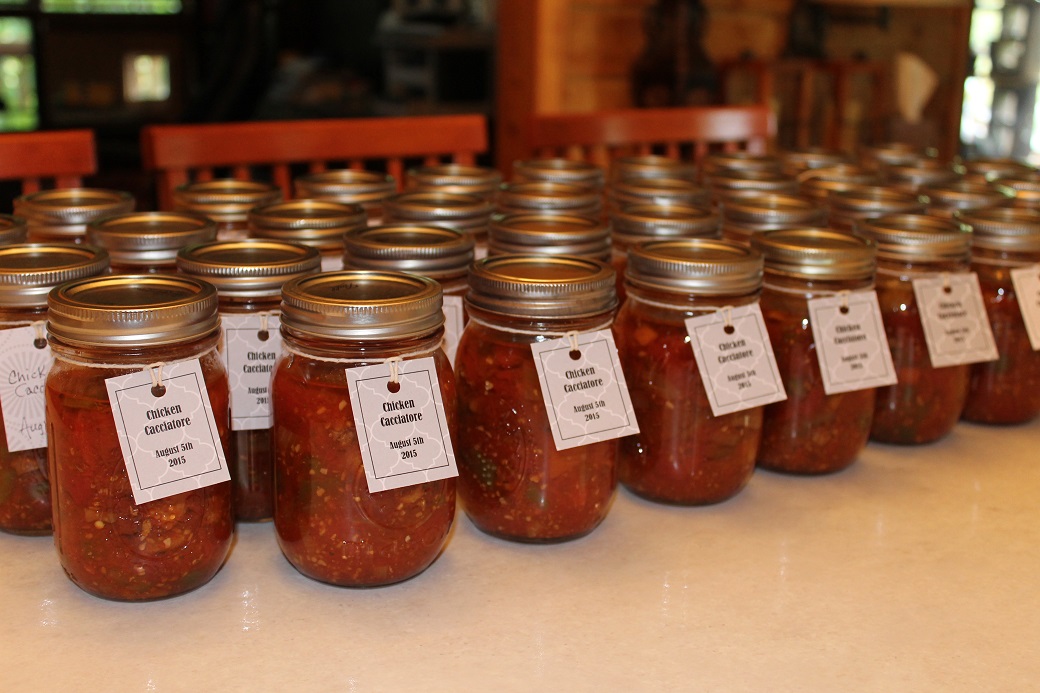
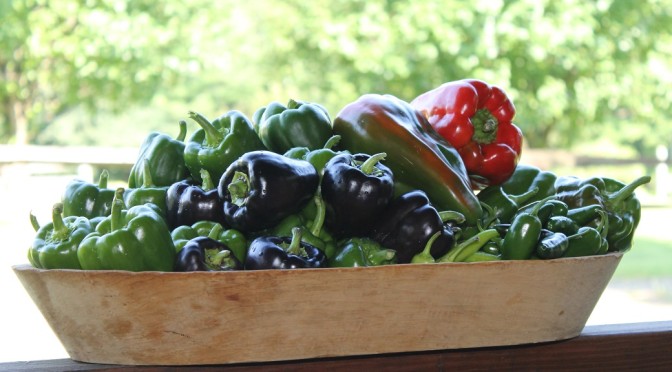

Mrs. Cog – my wife is curious what type over you use to can – gas or electric – do you use a pressure canner?
thanks
Cruginator
Hello Mrs. Cruginator.
Waterbath canners are used for acidic items. These include jams, pickles, salsa and applesauce. (Think most sugary goods or those with vinegar.) Mine is just a big enamel pot like this. But you can find them much less expensive than this one if you shop around. I use this on my ceramic top electric stove.
Pressure canners are for low acid foods, generally veggies and meats. Since the acid is so low in these foods, the temperatures must be raised to 242° for a while to kill the potential pathogens in them. A boiling water pot can only reach boiling (about 212°) so the canning process must use pressure to raise the temps even more – thus the pressure canner. Because of the weight and pressure of these, I use special hot plates under them (I run two at a time since I can so much). You can find all the links to the exact model of pressure canner as well as the hot plate I use, and the replacement parts like gaskets linked here in this article.
If you have any further questions or want to talk canning further, feel free to email me at twoicefloes@gmail.com :-)
Below you can see the set up for the pressure canners on their hot plates before being loaded with jars.
